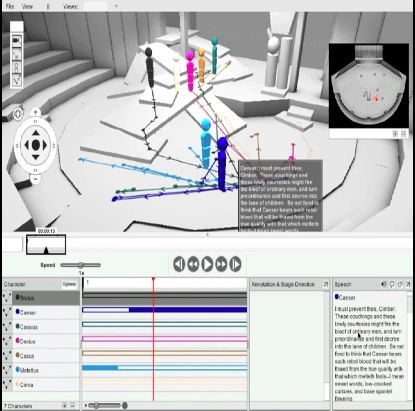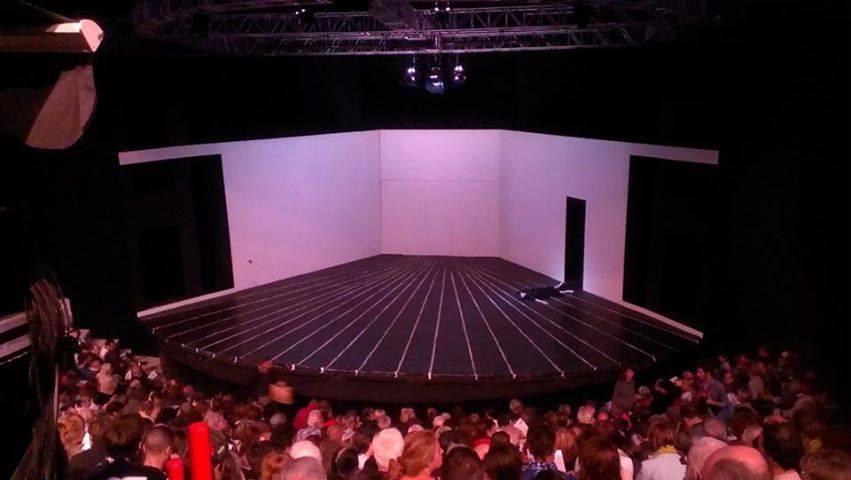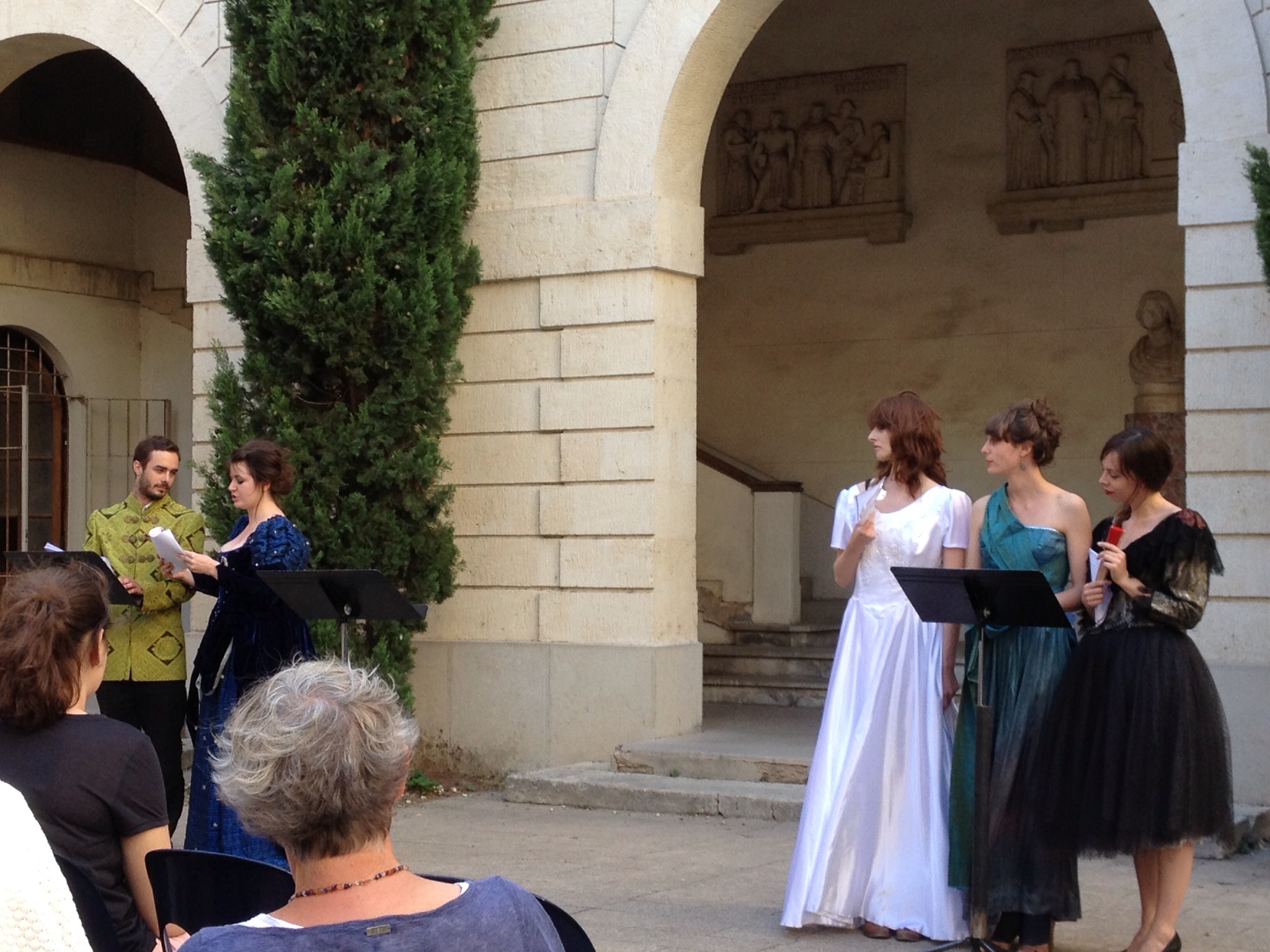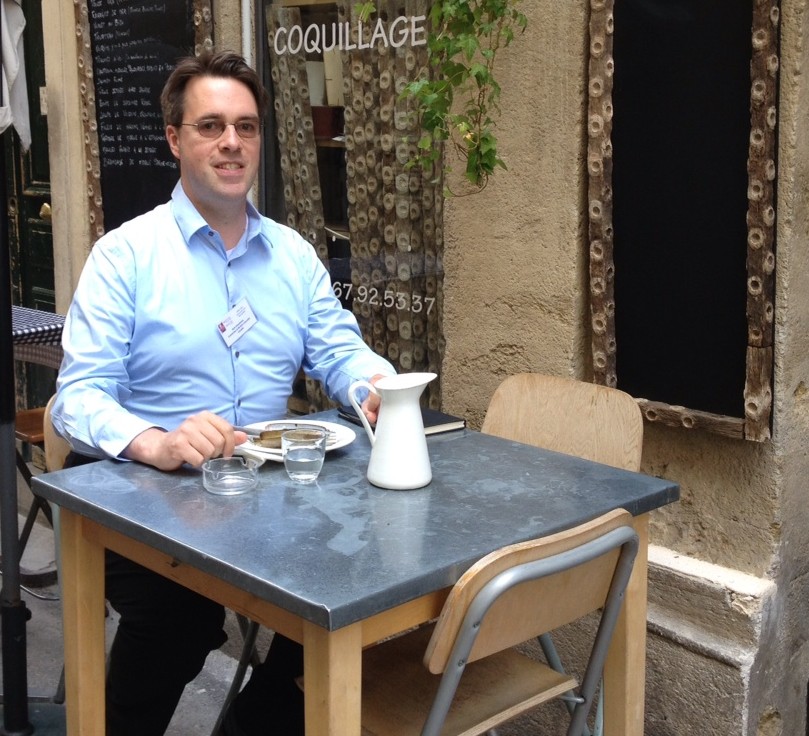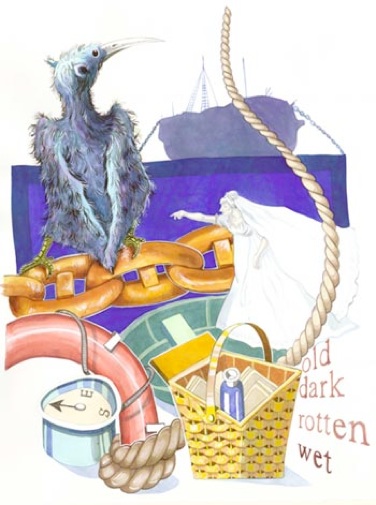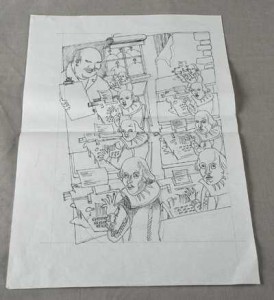An extended title for Wohlwend’s mostly enjoyable article could be: A is for Avatar, B is for Beta-mode and C is for Collaboration… this seem to be the new skill set children need as they work their way through school. Not so much because every child needs to learn these concepts, but rather they are already familiar with most of them, having something close to Gladwell’s 10,000 hours of gaming and video watching by the time they get to kindergarten. There is some fright amongst parents and educational stakeholders that these children are going to lose touch with the natural world, that it should be animals or flowers that they are naming off with their alphabets rather than these digitized concepts. Louv’s Last Child in the Wood gets dismissed in Wohlwend’s article, perhaps a bit unfairly, yet unless children being educated today are going into the agriculture business (as I am sure many of the farming communities were expecting of their children back in the late 19th century, when schools and the alphabet were just coming into vogue), I feel they are better off knowing the ins and outs of the ubiquitous tools that connect them to the Internet. It is a romantic ideal (idyll actually if you want to get poetic about it) that people in the developed world can go back to the way things were in the supposed good old days. With the increased percentage of Canadian living in urban, as opposed to rural, areas of the country within the last fifty years, we’d be fooling ourselves to think that apples, butterflies and cows will be the right frame of mind for students to start learning about their letters. It takes a multimillion-dollar Hollywood film like James Cameron’s Avatar to remind most of the young ones that trees are good, and technology has its downsides. I know, what a world!!
Where both Wohlwend and Rowsell & Pahl get the story right is by raising awareness that each on-line connection teachers can make to lived experiences in the students’ lives, the better prepared they are for being creative with these tools when they are older. During my practicum in a grade four classroom, I wanted the students to have access to the laptop cart as much as possible, as they worked on their responses to Kenneth Oppel’s novel Silverwing. It took me by surprise how easy it was to get the laptop cart wheeled into the classroom, as none of the other teachers seemed to be making use of them. It became evident why when a roomful of students tried to access the wifi at the same time, so I had to think up some off-line activities while others patiently waited to log on. Letting children explore what they could do with the approved webpages was the task I set before them, and if it meant they could have a few dozen minutes playing Club Penguin once they finished their classroom work, all the better. Some of the students did not have access to computers at home, yet seemed to know what to do with those bonus minutes of on-line free time. It was a great opportunity for me to learn a bit more about how Club Penguin works, too. What I find interesting with Rowsell & Pahl is they assume some familiarity with Facebook and other on-line worlds their students would visit, yet it become a worksheet-filling activity. I get the multimodal aspect of remediating webpages onto pieces of paper, and wonder if teachers are not aware of the disconnect students make from these types of project: why don’t we just go on-line and create a Facebook page? Hundreds of reasons why not, I am aware (especially with the elementary students who are not permitted to enter this social media arena, yet somehow already have a digital presence thank to parents and older siblings allowing them access to their pages). Seems a bit silly to discuss authenticity in the virtual world that social media allows students access to, but as young as 10 years old, possibly younger, these children know when they on-line or not.
The multimodal example I brought to class this week was a brilliant remix of the 2012 United States presidential debate, turned into a video game by digital artist Schmoyoho. As much as I could distance myself from the actual events (not being an American, I viewed the whole campaign with mild curiosity) but hard to escape the polarization of views. Schmoyoho’s brilliant parody plays up the standardization of sentiment, overused rhetorical devices to make people feel secure in the choices they had already made – let’s face it, if an American had already decided to vote for Obama, there is little either he or Romney could say to persuade that voter otherwise (a sad truth about Canadian politics, voter apathy, will need to be discussed another time). What works so multimodally amazing in the video below is that it is made into a video game, but uses the 16-bit graphic more familiar with Pac Man and early Mario Bros games. When showing this clip to Ernesto earlier last week, he had much to say on this topic: how if Schmoyoho had used images from 2012 games, they would not have been as readily identifiable for a majority of people to get the joke. Some of the digital natives may wonder why the gaming references are so old, but then it fits with the old-fashioned world American politics continually seems to represent.
Where it gets really interesting is with Kendrick & McKay’s work in bringing these digital tools to Kenya, and how empowering much of the older technology can be when compared to North American standards: why bother with a digital voice recorder when you can do the same thing with your smartphone? (and sadly, why bother with the last generation smartphone when someone can buy you the latest iPhone 5s, because it come in pink or green?!). As Maureen explained, the students in the journalism club had to play around with these newly-acquired tools for weeks before feeling comfortable with them, but once they mastered the technology, they could do amazing things (until they graduated and were sent to the school test scores recommended). I felt the same sense of untapped potential with the students on my practicum, let them play around with the laptops and they can do some amazing things, but also the slight frustration that my 15 weeks with them won’t amount to much if their teachers next year were to keep the laptops out of their classrooms, and handout more pieces of paper which only simulate the experiences they could be having on-line. Maybe these teachers are expect their students to enter into the newspaper business? Reminds me of the joke Jimmy Kimmel told at Obama’s Meet the Press event a few years back: “What is black and white and read all over? Not much, actually.” What a world, indeed.

